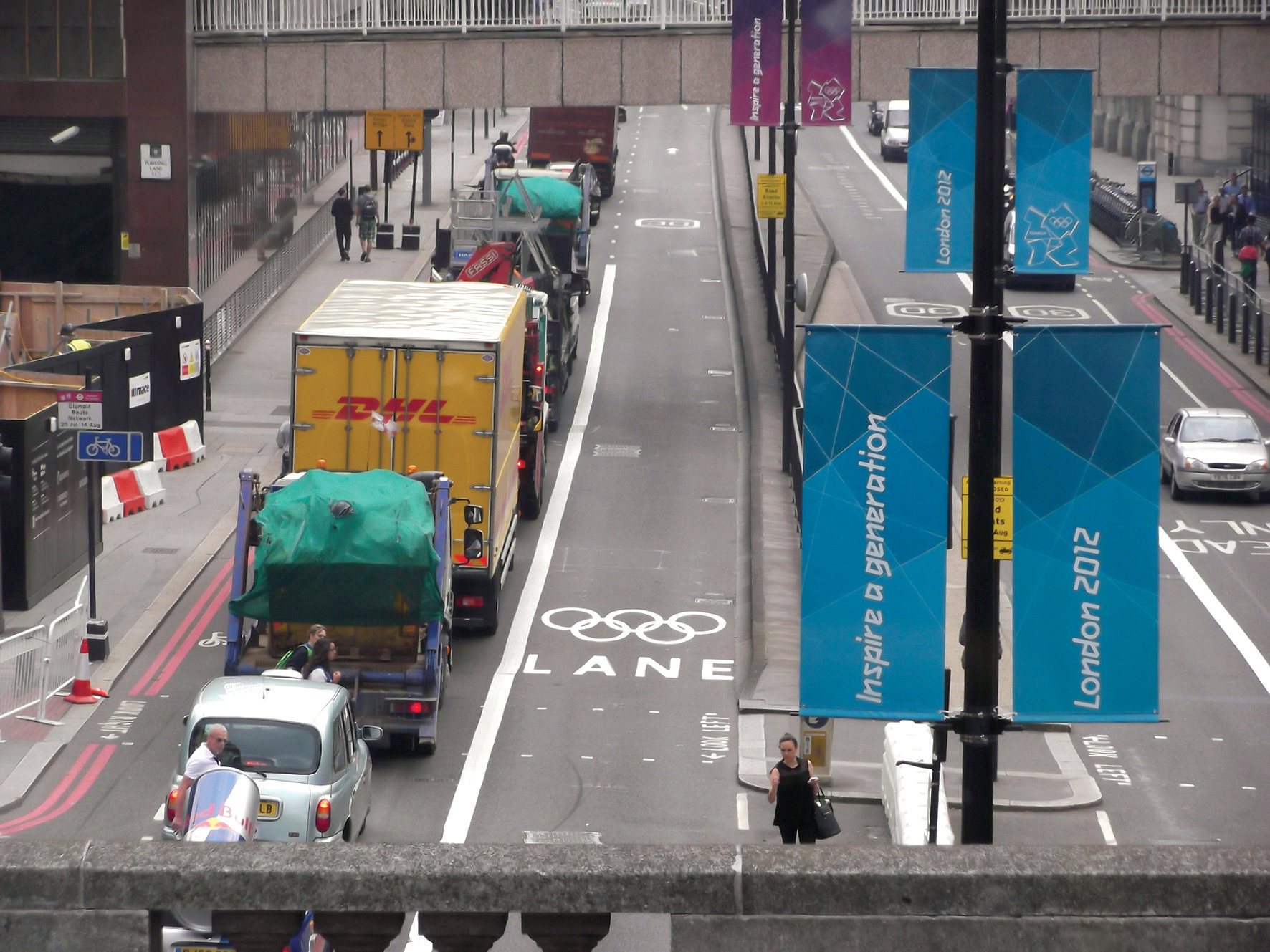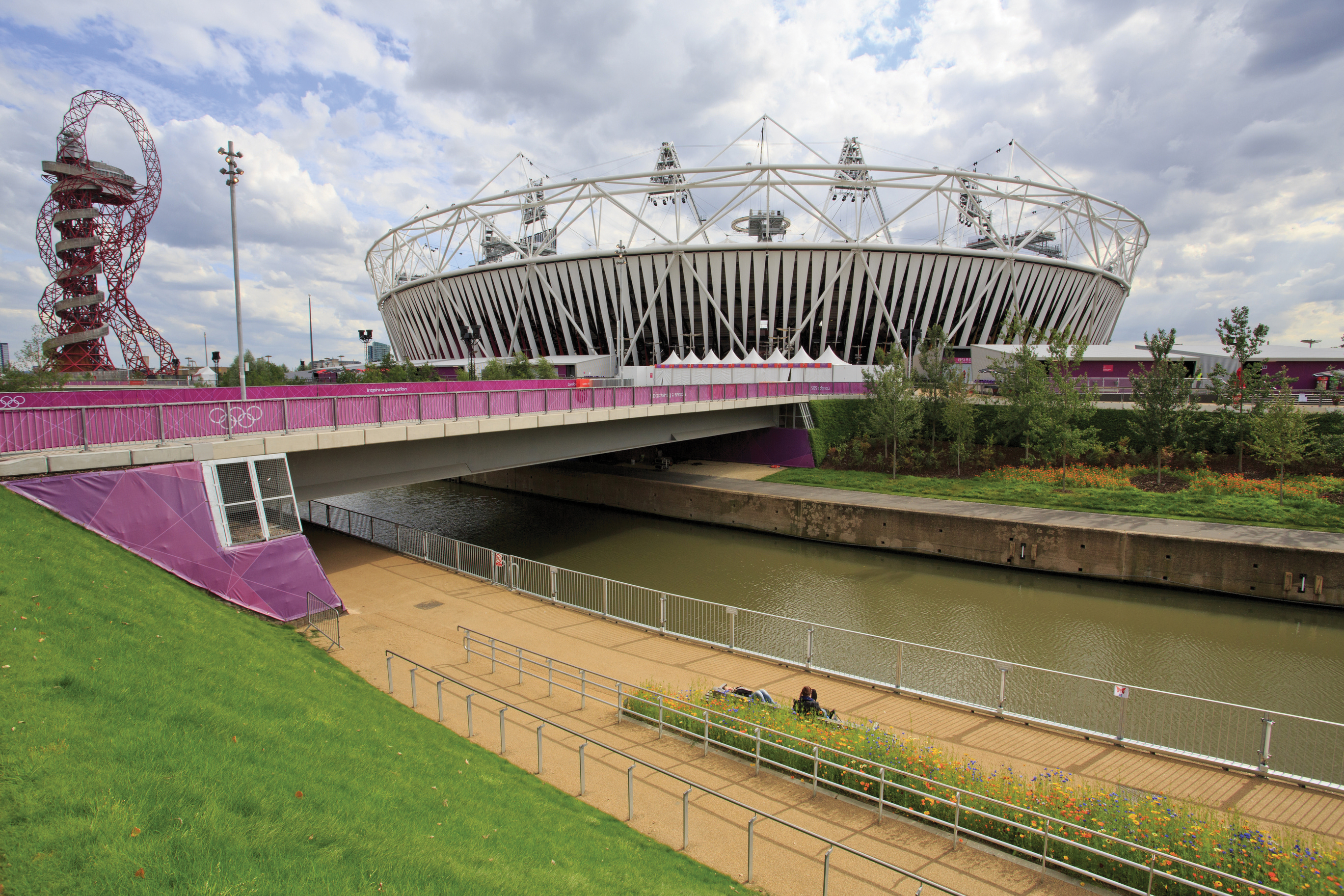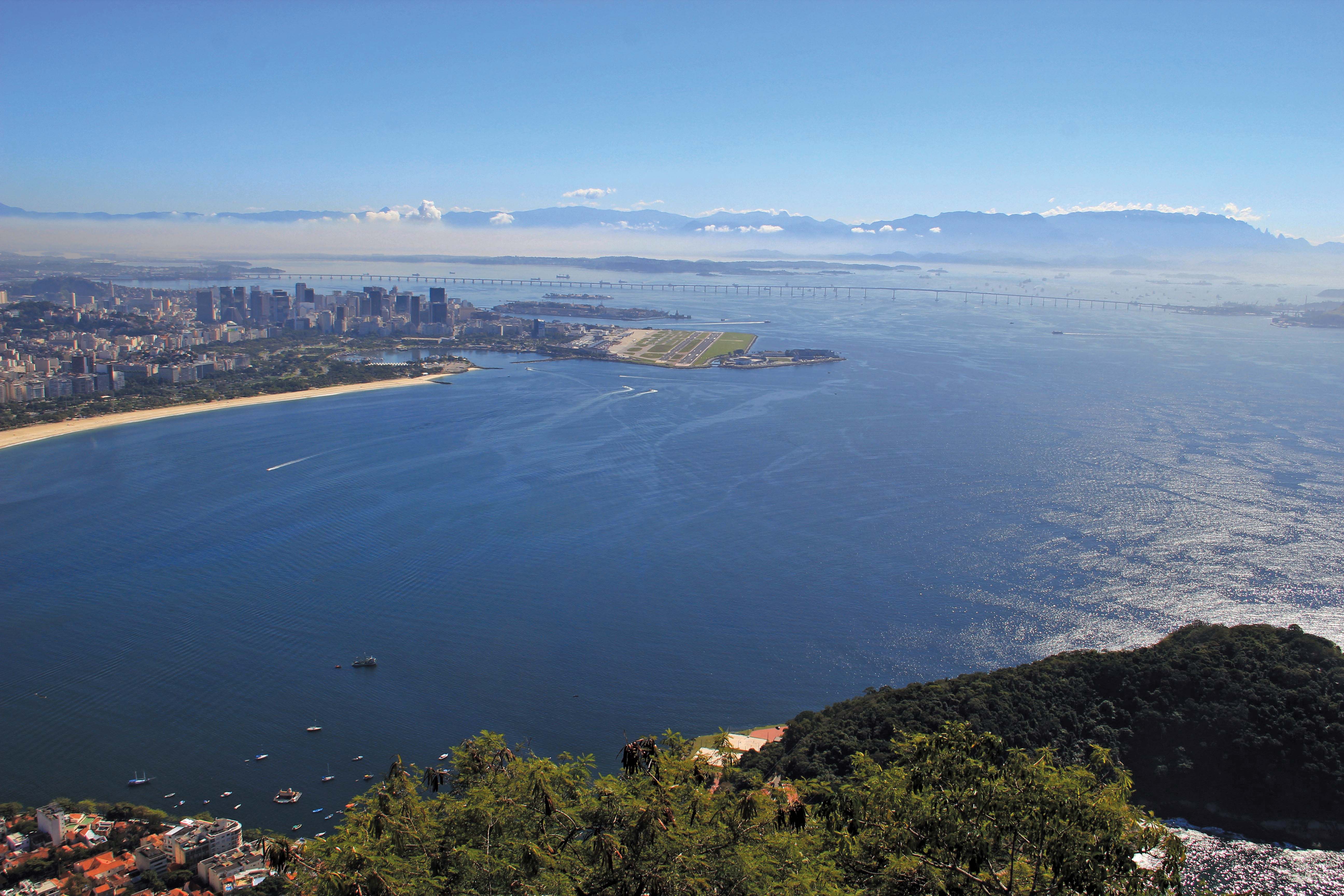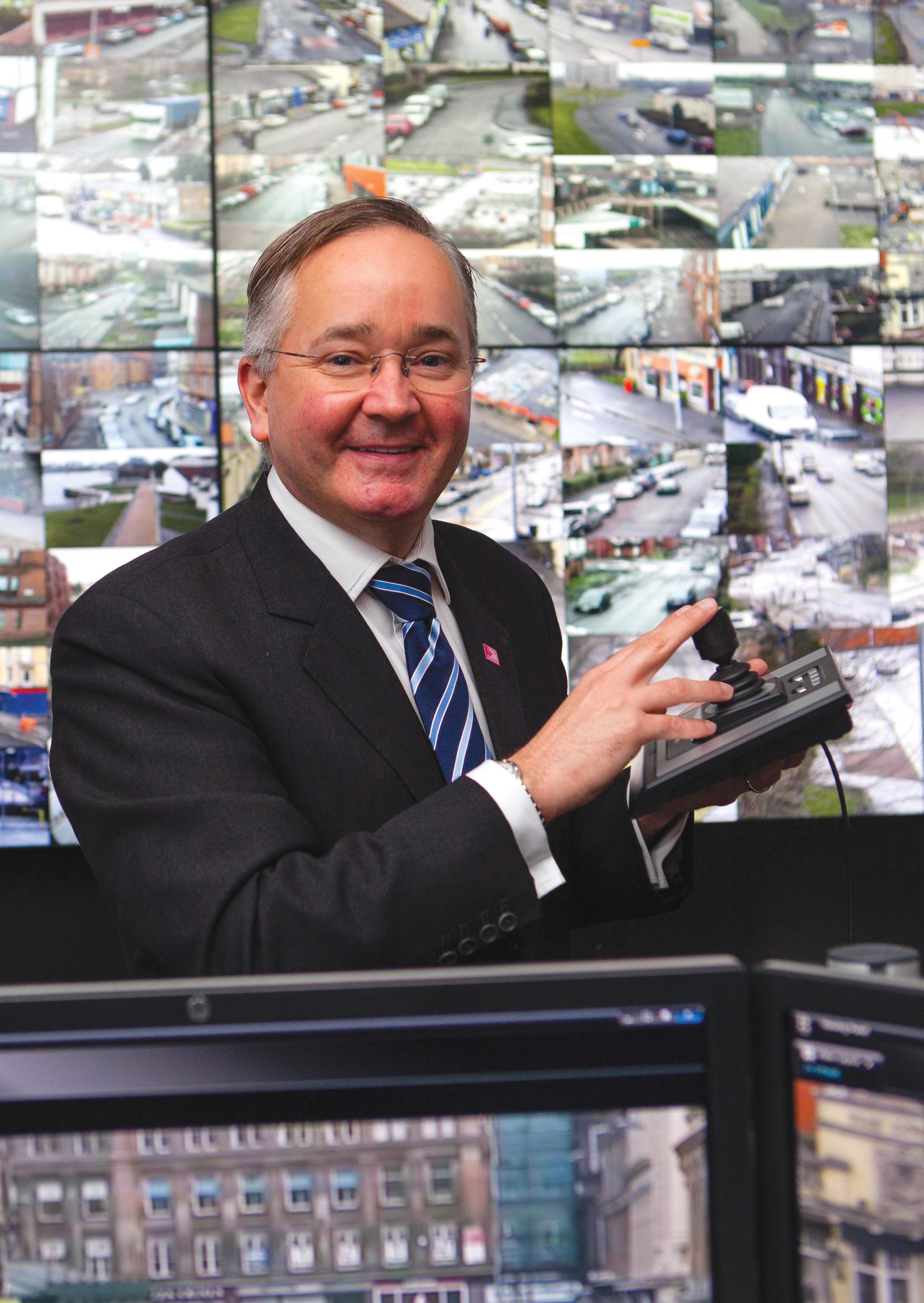The Olympic flame has moved on, allowing review of the relative degrees of London’s 2012 transportation success, how it was done and with what lasting effects. Jon Masters reports. This magazine’s international position provides a good vantage point for assessing impressions left by London’s 2012 Olympic Games. On the whole, it has been only praise and congratulations heard since the closing ceremonies of the Olympic Games in August and the Paralympics in September. The events looked great and ran smoothly

Increased congestion was reported initially on the Olympic Route Network but traffic volumes and activation of Games Lanes were less than expected
The Olympic flame has moved on, allowing review of the relative degrees of London’s 2012 transportation success, how it was done and with what lasting effects. Jon Masters reports.
This magazine’s international position provides a good vantage point for assessing impressions left by London’s 2012 Olympic Games. On the whole, it has been only praise and congratulations heard since the closing ceremonies of the Olympic Games in August and the Paralympics in September.The events looked great and ran smoothly, enjoyed worldwide as a sporting spectacle. But what about the transportation elements that were such a cause for concern in the build up to the 2012 Olympics?
The London organisers’ aim for the first ‘public transport games’ has been vindicated. Spectators reached the Olympic Park in East London and many of the other main competition venues by train, bus, metro, light rail and underground rail services. No reports emerged of competitors being held up or failing to reach their events due to transport failures or traffic problems. Media reports featured photographs of Olympic athletes spotted queuing at bus stops or snapped wearing their medals on London’s Tube trains.
That does not mean there were no breakdowns in transportation or congestion on London’s roads this summer. Reports came in of occasional delays to train services for reasons of infrastructure failures or security alerts as per normal. There was also the usual background noise of delays on the motorways and principal roads due to numerous discrete accidents and breakdowns, lorry fires etc; but these hardly troubled spectators and the staging of the Olympic events.
Helping hands
The London Games benefitted from an exhaustive process of transport planning and several thousand volunteers stationed at venues and points on the transportation network for helping to direct spectators to their events. London also had an extensive network of transportation services already in place, to make use of and build upon where more capacity was needed.The overall planning was guided by a policy established at the very start by the London bid company and carried through by the
For management of London’s road network this meant making most efficient use of the space available; capacity that would be reduced for all but officials and competitors – the ‘Olympic Family’ – by the appearance of the Games Lanes, which have become a feature of all Games held since the difficulties encountered on Atlanta’s roads in 1996.
In London, a 109 mile (175km) Olympic Route Network (ORN) was established on roads between Heathrow Airport and the main event locations in central and east London, reduced to a 36 mile (58km) Paralympic Route Network during the Paralympics.
The Games Lanes were situated only at pinch points of reduced capacity along roughly a third (30 miles) of the ORN and nine miles of the PRN.
Charged with overseeing operation of the roads of the ORN and PRN was traffic director Alan Bristow of the
“That did not not bother me in the slightest,” he says.
“My gold medal event was in keeping London’s road network running.”
Hub of control
The equipment he used includes SCOOT upgrades to 1300 traffic signals and an array of VMS signs and CCTV cameras, some installed as new, others used through data sharing agreements with London’s local boroughs.This has been used with a TfL ‘hub’ of traffic modelling and management software to control signal timings in favour of the ORN roads and their Games Lanes.
Initial media reports during the first few days of the Olympic events reported increased congestion as the Games Lanes came into force, but by the end of the first week of competition, TfL had found less need to call on the lanes than expected.
“The Games Lanes were activated for only about 40% of the time, partly due to the effectiveness of traffic signal phasing for controlling the percentage saturation of the ORN. We were able to ramp the active traffic management up and down according to the need,” says Bristow.
London was undoubtedly helped by the staging of the Olympics during the UK’s summer holiday season.
Nonetheless, peak time traffic levels in central London were reported at 10-20% down on normal levels for the time of year.
“A key aspect of the overall strategy was getting the message across to the public of the need to adjust travel behaviour – to spread their journeys across the day. We experienced greater total volumes of traffic than normal for August, but lesser peaks,” Bristow says. “The messaging beforehand worked. We had 700 road closures during the first weekend of competition for the Olympic cycling road races, but with no great problems.”
Several things brought this about. In addition to TfL’s public information campaign (that continued throughout the Games) and its signal timing control, physical changes were made to the ORN network, such as blocking off left and right turns in places.
“And a lot more of the Olympic family used public transport than was expected,” Bristow adds.
For finding their way to competition venues on London’s rail, bus and river services, spectators were able to make use of dedicated websites. The ‘Get ahead of the games’ site (a TfL catchphrase over the summer) was established to help London residents and visitors – arriving for the Olympics or otherwise – to get around while the Games were under way.
Bristow says: “People were able to find the information they needed to get around or conduct their lives around the Olympics. From my point of view it worked very well. People were able to make informed choices.”
Lasting legacy
Now that the 2012 Olympic summer has finished, the most important outcome for Bristow, TfL and arguably all of London, is a new proven system for managing its road network for major events or exceptional conditions.The Transport Coordination Centre set up for the games will be disbanded (above right), but TfL’s traffic modelling and system of active management will remain.
“What we have learnt and invested in has produced a great result for London. Legacy was a key driver of the city’s Olympic bid from the start and accordingly we looked at what was needed for expanding and improving traffic management in London in general, not just for the Olympics,” Bristow says.
“Historically we have managed clients, such as London bus operators, across given routes and it was much the same for the ORN and PRN during the Games but with more sophisticated modelling and management. What we have now will strongly influence how we manage London’s roads in future.
The traffic hub central to success
Transport for London’s traffic directorate established its hub of traffic management for the Olympic Games in its Southwark offices in south London. In one of the upper floor offices was stationed the directorate’s technical centre of modelling and management. This included TfL’s ‘Play Book’ map-based software package that up to 400 people were using at the height of the Games to access data and models for all 1300 signals affecting the Olympic Route Network.
The Play Book (named after its equivalent in American Football) linked to live traffic information and TfL’s Surface Transport & Traffic Operations Centre (STTOC) several floors below. “The traffic engineers up here were working to set up a stable road network and maximise its capacity, while downstairs operators were dealing with and responding to the live situation,” says TfL traffic director Alan Bristow.
The STTOC was established in 2009 to bring together operations of London Buses Command & Control, London Streets and the Metropolitan Police into a single control room. For the duration of the 2012 Olympics this was extended further still to include the Games’ Transport Coordination Centre. This included desks for coordination between teams of the STTOC with representatives of TfL,
By the time the London Olympics opening ceremony was getting under way on 27 July, around £6.5bn had been invested in transportation for the London Games. This was mostly in upgrading existing infrastructure and services, such as major works at Stratford International station at the heart of the Olympic Park, and extension of the Dockland Light Railway (DLR) network for longer unmanned trains.
Transport for London – the city’s transport authority – effectively created a whole new metro system in the form of its orbital ‘Overground’ service. This uses refurbished and extended mainline rail corridors around London with modernised stations, operational technology and new dedicated rolling stock.
When failures or disruptions occurred on parts of London’s transportation network during the Games – such as a trespass security scare on High Speed One (the main line connecting London with the Channel Tunnel and European rail links, carrying the seven minute Javelin service between St Pancras and Stratford) – passengers were directed to alternative DLR, Underground or Overground lines linking to Stratford.










